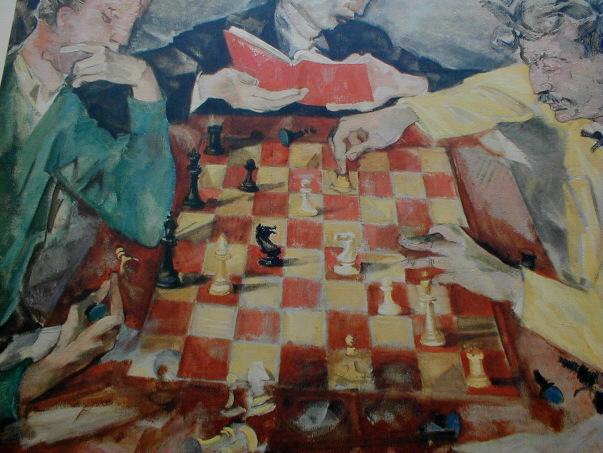Practical Endgames

I have been enjoying following Tempo's chain of thought as he explores practical endgame theory
He is searching from pragmatic ideas that will help him gain more points by playing a better endgame. This type of thinking is a new world of thinking as compared to the typical win a piece
tactical viewpoint.
The above position comes from a King Gambit Accepted game I played at Chess Club last night. This position Black on Move occurs a few moves after White (Takchess) traded queens on the G6 square to avoid mate. Black recaptured with his King on G6 bringing it to a more active square.
The game continued where both kings moved to the center of the board and I put myself in a postion where was able to trade rooks on the d2 square forcing my king to recapture on the 2nd rank. I pushed pawns on the queenside where I had the majority but could not promote due to Blacks active King. Black then marched the kingside pawns to victory.
I entered this position in Fritz and looked for matches in the one million game database and came up with no matches. When I run a cursory infinite analysis Fritz saw this as -.004 with ...Kf5, c4 Ke4 as the next moves.
This type of practical endgame theory is strange unexplored territory to me. Here are some questions that I want to explore
1) In this position what are the plans for white?
2) Should white encourage a rook trade?
3) How can white best counteract blacks active king?
4) How does the pawn structure mismatches on king and queenside impact these plans?


5 Comments:
At 1:59 PM, BlunderProne said…
BlunderProne said…
My first thoughts:
I don't like 2.c4
first I think that the pawn majority on White's queen side is strong.
Secondly White needs to neturaliz Black's king side majority.
This could happne by getting the white king active on move 2 and get your rook active in that region too.
Its hard because the lone g-pawn can't even fix the h and g pawn because the h pawn leads.
In any case, I would try the following: 1) mPair down the pawns on the king side as much as possible 2) Advance the queen side when possible. ( active on both courts is the best strategy for white) 3) get to a point where you can force an exchange of rooks on the king side only when you have your king in a more active position ( like one file closer to the queen side than black)
Not sure if that all fairs well with fritzy
At 3:16 AM, transformation said…
transformation said…
very nice post. just stopping by. thx, david
At 5:20 AM, takchess said…
takchess said…
thanks BP, I am uncertain as to what Fritz might say on this I'd have to run it on infinite analysis. I think with proper play white would draw. But that is a guess. Your points I think are right on that the Kingside is weak with the 2 vs 1 pawn.
This note is a helpful comment
Its hard because the lone g-pawn can't even fix the h and g pawn because the h pawn leads.
The fixing of a pawn is something I don't take into account. this is a new way of thinking for me.
At 4:12 PM, Temposchlucker said…
Temposchlucker said…
Did you try to play it out against the computer?
At 4:11 AM, takchess said…
takchess said…
Tempo, I haven't played the computer yet on this . Perhaps later.
Post a Comment
<< Home